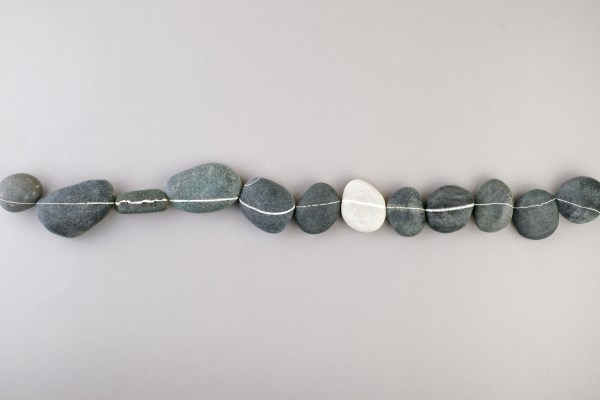We’ve aggregated many of the world’s best growth marketers into one community. Twice a month, we ask them to share their most effective growth tactics, and we compile them into this growth report.
This is how you stay up-to-date on growth marketing tactics — with advice that’s hard to find elsewhere.
Our community consists of 1,000 startup founders and VPs of growth from later-stage companies. We have 400 YC founders, plus senior marketers from companies including Medium, Docker, Invision, Intuit, Pinterest, Discord, Webflow, Lambda School, Perfect Keto, Typeform, Modern Fertility, Segment, Udemy, Puma, Cameo and Ritual.
You can participate in our community by joining Demand Curve’s marketing webinars, Slack group or marketing training program.
Without further ado, onto our community’s advice.
Decrease user churn by better managing expectations
Insights from Michael Erickson Facchin of AdBadger
When your app isn’t as polished or feature-rich as its competitors, users may become disappointed and churn. AdBadger did the following to reduce churn by 30% in one month: They now show a warning box when people click “sign up” that explains that the app is still in early-adopter mode.
They transparently say that they do some things way better than the competition, and that you’ll love how they do it, but that features X, Y, Z are not yet available. Then they close with “If you’re an early adopter and love what we’re doing, sign up.”
While this reduced the amount of people who signed up for a free trial, it significantly increased their ideal, high-retention customers.
Remember, people respond to authenticity — especially when everyone else is exaggerating in their marketing copy.
Competitor ads analysis for Facebook
Insights from Warren Wu of Upkeep
The more information you have on what works before you start running Facebook ads, the faster you’ll find wins. Look to your competitors’ ads to inform which experiments you may want to focus on. Here’s how you do that:
Use Facebook’s Ad library to view all of your competitors actively running ads. The ads that are running most frequently are likely the ones that work the best.
The Facebook Ads library won’t give you that information, but one trick to figuring that out is to turn off your ad blocker, visit the competitor’s site, then hop back over to Facebook and wait for their retargeting ads to hit you.
The ads you see with the highest engagement are likely the ones with the highest frequency, which could be a good indication that those ads have been running for a while and work well. Maybe you should run similar ads.
How do I create explainer ads on a budget?
Insights from Sam Shepler of Testimonial Hero and Julian D’Angelo of ROSS Intel
Start by making your explainer video DIY-style using a tool like Animoto. It may not look as polished as you’d prefer, but it looks good enough. This gives you an opportunity to rapidly nail your product messaging before investing in professional videos.
Once you’ve tested and finalized your messaging, you can have one of these companies inexpensively create a professional video: Explainify, Verstiuk, and Studiotale.
Or, you could record a voiceover for a screenshare walkthrough of your product. For B2B SaaS, this often outperforms every other video ad.
What’s something everyone’s getting wrong about landing pages?
There’s a myth that you need to drive visitors to your primary call to action as quickly as possible — often in the hero of your landing page. CTA’s are critical, yes, but they shouldn’t be given so much weight that visitors click them before understanding what you do and why they should care.
For example, here’s how a visitor’s journey too often looks on a site: A visitor lands on your page, they click your giant button in your hero section that says “sign up” or “see the product” then they land on the next page — but they don’t yet feel compelled to actually take the next action. Because they don’t fully understand yet why you’re awesome. So they just bounce.
So, rethink landing pages like this: If your landing pages are written well, you should want people to read them. Because a visitor armed with knowledge of your value proposition is one who is going to convert much better down funnel. They’re in the right frame of mind.
I’ve seen better checkout conversion rates from doing two things:
- Removing the hero CTA, and putting it in a sticky navbar instead;
- After the second or third section of a page, I sprinkle a CTA after every section. And I end with a big CTA.
Consider A/B testing this to find out if it improves things for you.
